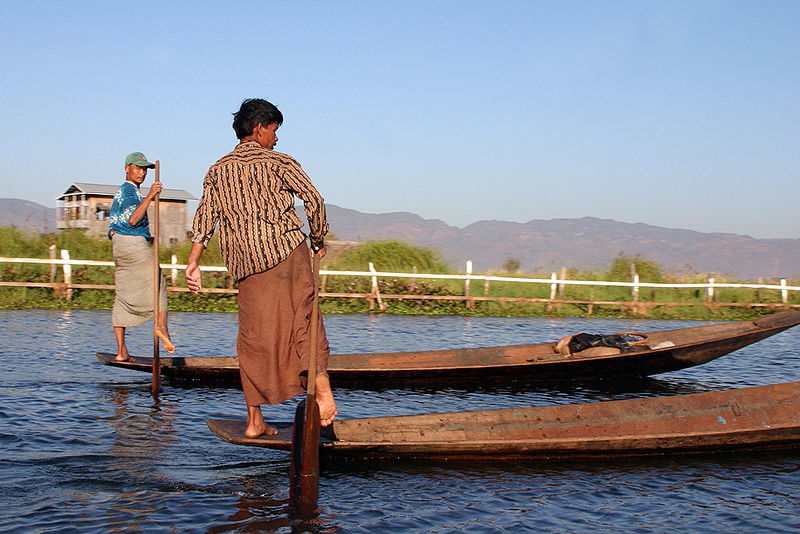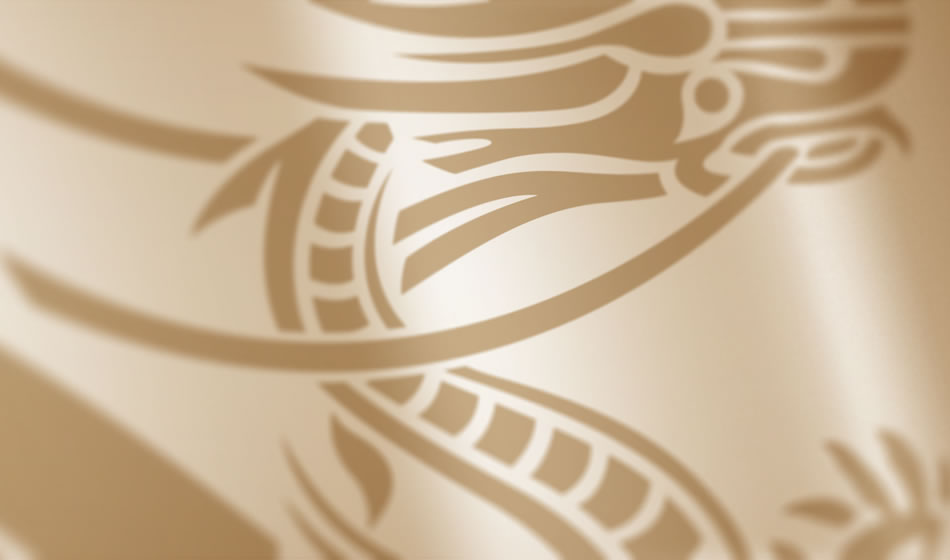Weaving through flashing thunderstorms, our turbo-prop plane finally bounced onto the tarmac at Yangon International Airport in Myanmar during our research trip there earlier this summer. When constructed more than 60 years ago, the airport was considered among the best in Southeast Asia but it subsequently fell into disrepair and became antiquated. Modernized in 2007 with the design help of a Singaporean firm, the airport today is a bright little building with a faint whiff of antiseptic in the air. After immigration officials in dazzlingly white uniforms processed us and sent us into the steamy night, it struck us that this airport’s makeover seemed to mirror many other aspects of this once-outcast nation.
Over several decades, Myanmar’s brand of socialism had turned a land rich in rice, teak and natural resources into one of the world’s poorest nations that also faced dire political and diplomatic troubles. Only recently have sanctions been lifted following the dissolution of its oppressive military government in 2011. After three decades under this military junta, Myanmar has thrown open its doors to change. Areas such as agriculture, mining, manufacturing and tourism all appear to be bursting with potential.
Once described as the “rice bowl of Asia,” Myanmar had been famed for exports of its Paw San fragrant rice a generation ago. Its rice exports withered considerably since then but just this spring, Japan began making investments in Myanmar’s rice production, and also imported Burmese rice for the first time in more than four decades. Myanmar had also been an early oil producer, and nationalized its oil and gas industry in 1962. The industry is yet another that suffered from decades of isolation. However, just recently, the government has begun opening up to foreign exploration 30 untouched offshore oil and natural gas drilling sites. The country’s oil and gas agency is said to still be plagued by inexperience, mismanagement and cronyism, and Myanmar itself is under increasing pressure to fix its own energy shortages. But in June, the U.S. announced a new partnership with Myanmar to help “strengthen transparency and good governance” in the energy sector. The partnership aims to provide political support and technical assistance toward international best practices as well as improve financial accountability, safety and environmental stewardship.
Myanmar’s lack of infrastructure and the sheer amount of investment needed to boost it to match its regional peers is another obstacle to its success. In our view, the country’s infrastructure, although basic, is fairly solid and relatively well-maintained when compared to what we have seen in other frontier markets. The tens or even hundreds of billions of dollars of investment necessary to raise Myanmar up to a comparative regional level may be available should smooth political transitions continue. Myanmar is also strategically located, causing the need for various countries to nurture favorable relations. Many countries in the region have either maintained or rekindled longstanding relationships with Myanmar in recent years.
Myanmar’s large labor force and availability of land also offer opportunities for large-scale manufacturing activity. This could be additionally supported by the needs of many large corporations to diversify their country exposures. While we are still witnessing the very early days of this economic journey for Myanmar, we will continue to focus on developments there with great interest, including general elections and a planned opening of a stock exchange—both scheduled for 2015.
Opinion column by Emerging Asia Investment Team, Matthews Asia
The views and information discussed represent opinion and an assessment of market conditions at a specific point in time that are subject to change. It should not be relied upon as a recommendation to buy and sell particular securities or markets in general. The subject matter contained herein has been derived from several sources believed to be reliable and accurate at the time of compilation. Matthews International Capital Management, LLC does not accept any liability for losses either direct or consequential caused by the use of this information. Investing in international and emerging markets may involve additional risks, such as social and political instability, market illiquidity, exchange-rate fluctuations, a high level of volatility and limited regulation. In addition, single-country funds may be subject to a higher degree of market risk than diversified funds because of concentration in a specific geographic location. Investing in small- and mid-size companies is more risky than investing in large companies, as they may be more volatile and less liquid than large companies. This document has not been reviewed or approved by any regulatory body.


